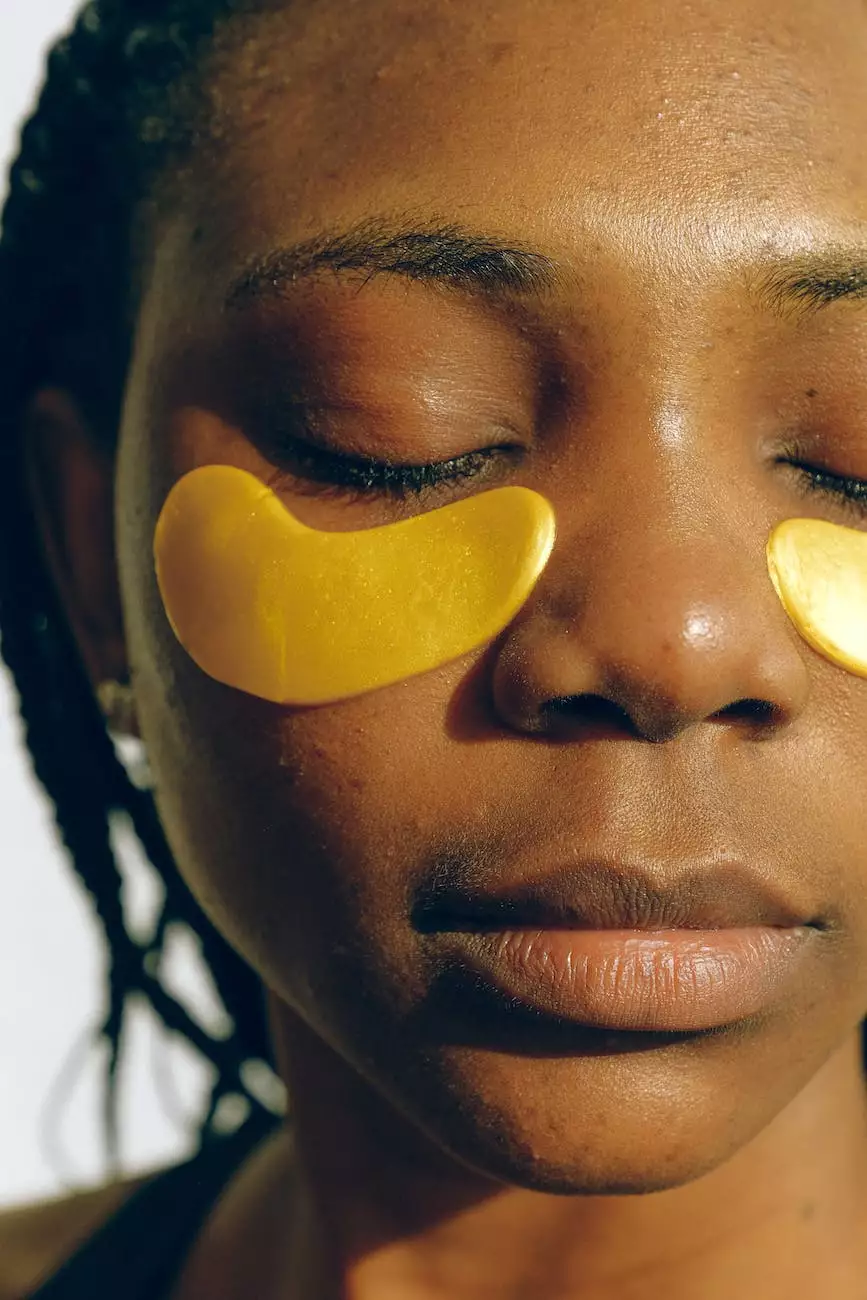Double Chin Archives - Wayzata Cosmetic Surgery MN

Welcome to the Double Chin Archives page of Foley James D MD, a trusted name in Wayzata Cosmetic Surgery MN. Here, we provide you with comprehensive information about double chin, its causes, treatments, and prevention. Our team of experts is dedicated to helping you understand the complexities associated with double chin and provide you with valuable insights to make informed decisions.
The Dilemma of Double Chin
Double chin, medically known as submental fat deposition, is a common aesthetic concern for many individuals. It refers to the accumulation of excess fat beneath the chin, resulting in the appearance of a second chin or a drooping neck. While double chin can be influenced by various factors including genetics, age, and weight gain, it can often affect an individual's self-confidence and body image.
Understanding the Causes
Double chin can have various causes, and it is important to identify the underlying factors to determine the most suitable treatment approach. Some common causes of double chin include:
- Genetics: Family history and genetics play a significant role in the development of double chin. If your relatives have a double chin, you may be more likely to develop one as well.
- Age: As we age, our skin tends to lose elasticity, and the muscles in the neck and chin area may weaken. This can contribute to the appearance of a double chin.
- Weight gain: Excess weight or obesity can lead to the accumulation of fat deposits throughout the body, including the chin area.
Treatment Options
Fortunately, there are effective treatment options available to address double chin:
1. Non-Surgical Treatments
Non-surgical treatments are popular choices for individuals seeking to reduce the appearance of double chin without invasive procedures. These may include:
- Cryolipolysis: This non-invasive procedure uses controlled cooling to freeze and eliminate fat cells beneath the chin.
- Injectable Lipolysis: Injections containing a naturally-occurring molecule are used to target and dissolve fat cells in the chin area.
- Ultrasound Therapy: Targeted ultrasound energy is used to lift and tighten the skin beneath the chin, reducing the appearance of double chin.
2. Surgical Treatments
Surgical treatments may be recommended for individuals with significant submental fat and excess sagging skin. These surgical procedures include:
- Liposuction: A small incision is made beneath the chin to remove excess submental fat and contour the neck and jawline.
- Neck Lift: This procedure involves tightening the neck muscles and removing excess skin to achieve a more defined and youthful neck contour.
Prevention Tips
Prevention is key when it comes to double chin. While some factors like genetics cannot be changed, there are several steps you can take to minimize your risk:
- Maintain a healthy weight: By avoiding weight gain and adopting a healthy lifestyle, you can reduce the likelihood of developing a double chin.
- Regular exercise: Engage in regular physical activity to help tone and strengthen the muscles in your neck and chin area.
- Good posture: Correct posture can contribute to a more defined jawline and prevent the sagging appearance of a double chin.
- Skincare routine: Keep your skin nourished and hydrated to maintain its elasticity and reduce the chances of sagging.
Expert Guidance at Foley James D MD
At Foley James D MD, we understand the impact of double chin on your self-esteem and overall well-being. Our experienced team is committed to providing you with personalized treatment options tailored to your unique needs and goals.
If you're ready to take the next step towards a more confident you, contact Foley James D MD today to schedule a consultation and discuss the best treatment plan for your double chin. We are here to support you on your journey to a more sculpted and youthful profile.
Disclaimer: The information provided on this page is for educational purposes only and should not be considered medical advice. Please consult with a qualified healthcare professional to determine the most appropriate treatments for your specific condition.



